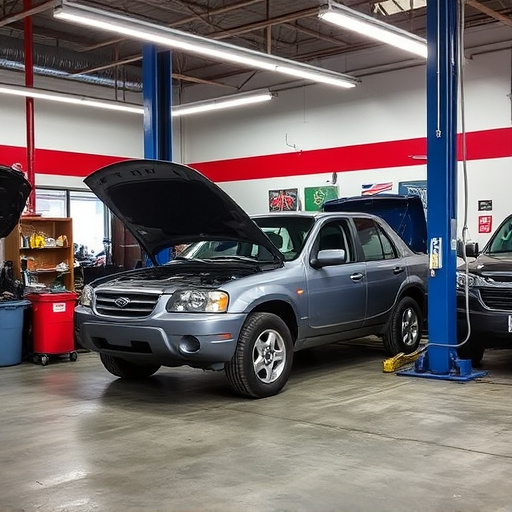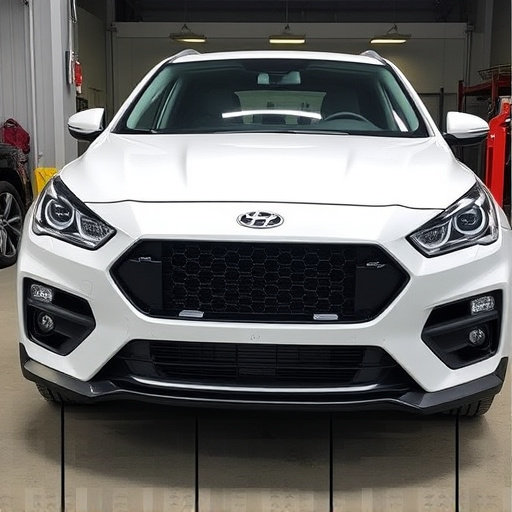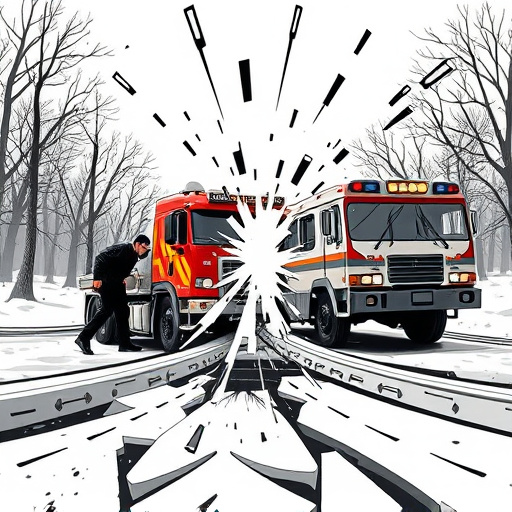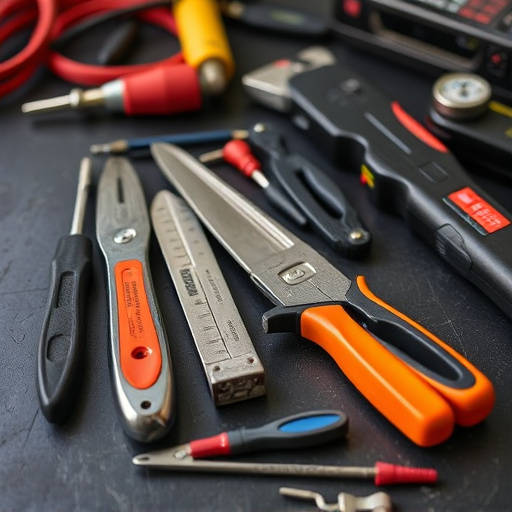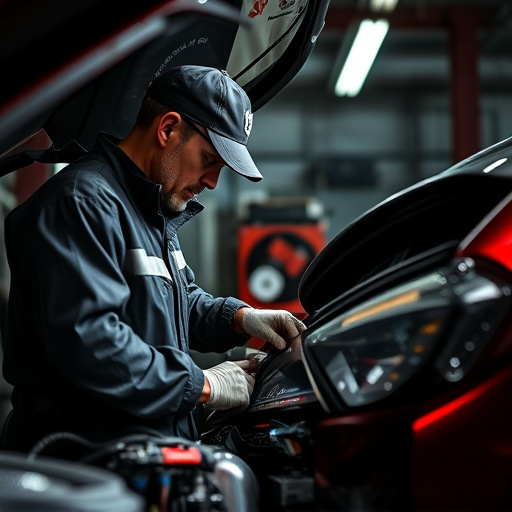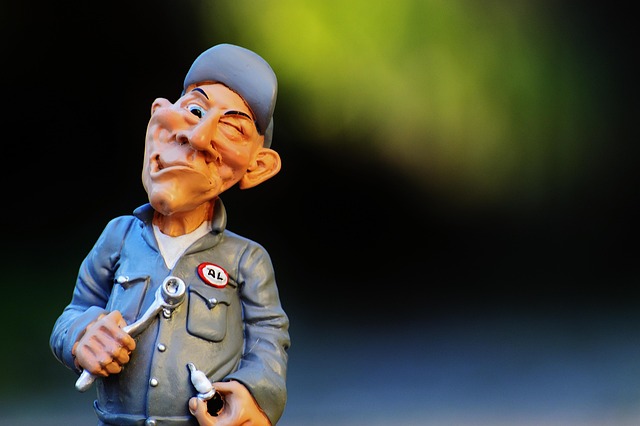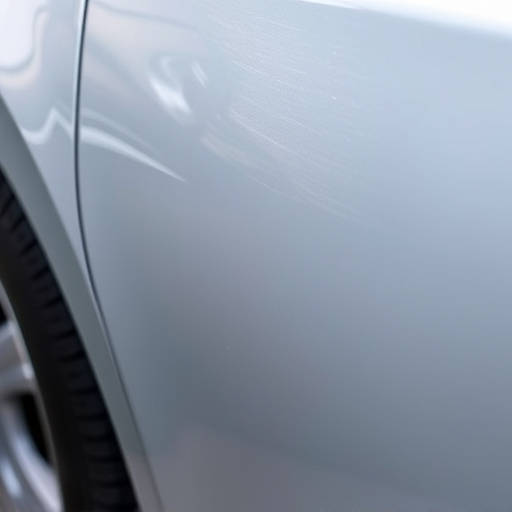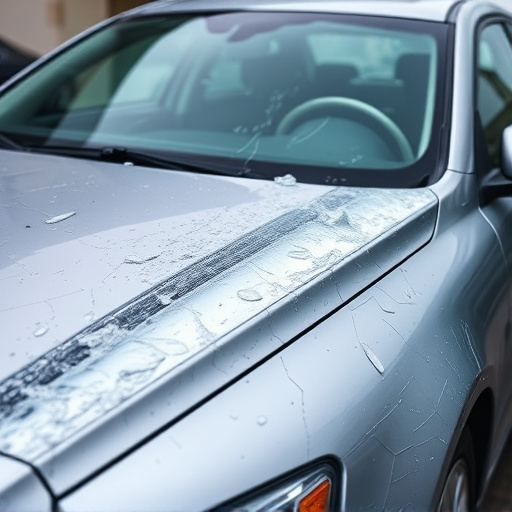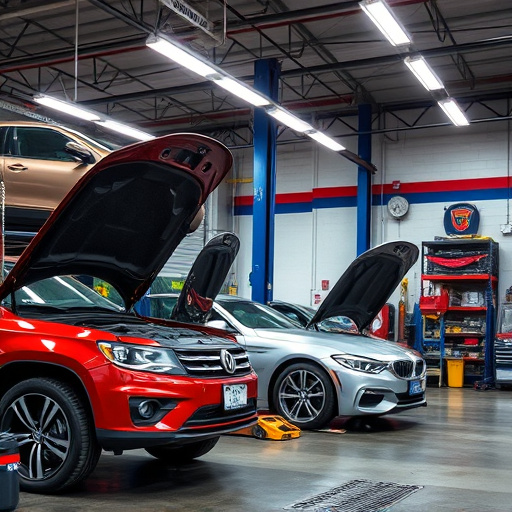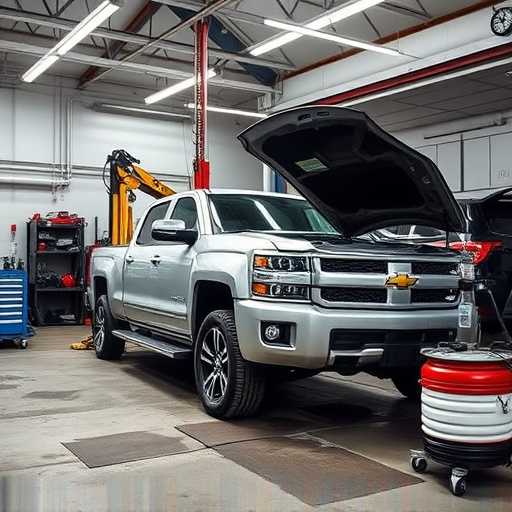Post-repair estimate validations are a critical process in auto body shops, ensuring pricing accuracy and transparency. This involves reviewing repair work details and costs against industry standards, fostering trust between customers and services. Accurate estimating balances customer satisfaction and shop financial health, starting with comprehensive vehicle inspections, considering labor complexity, material costs, and painting specifics. Robust validation processes protect clients from hidden fees, enhancing auto body shops' credibility and long-term client relationships through transparent auto repair estimating.
In the intricate world of automotive maintenance, a post-repair estimate validation is more than just a formality. It’s a crucial process ensuring customers receive fair, accurate services. This article delves into the key elements that underpin these validations, focusing on auto repair estimating accuracy and fairness. We explore how understanding these components can enhance customer satisfaction and trust in the industry. By examining robust validation processes, we highlight best practices for ensuring every repair estimate is transparent and comprehensive.
- Understanding Post-Repair Estimate Validations
- Key Components of Accurate Auto Repair Estimating
- Ensuring Fairness Through Robust Validation Processes
Understanding Post-Repair Estimate Validations
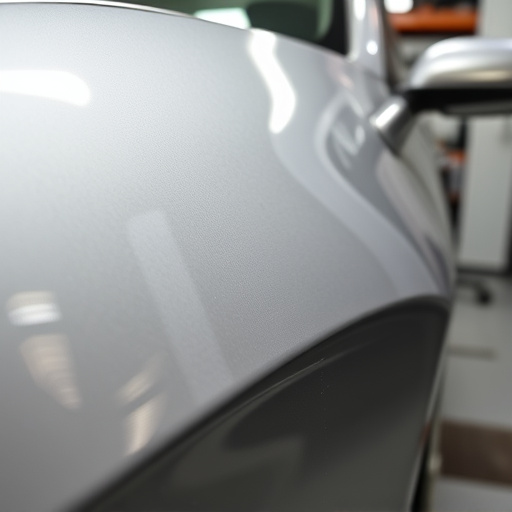
Post-repair estimate validations are a critical process in auto repair shops, ensuring accuracy and transparency in pricing. This involves thoroughly reviewing and verifying the details of the repair work performed and the associated costs. By understanding this validation process, both customers and automotive repair services can benefit from clear communication about the work done and the financial implications.
These validations are not just about checking if a scratch repair or tire service was completed; they encompass every element of the auto repair estimating process. This includes verifying that the estimated parts and labor costs align with industry standards, ensuring no unnecessary charges, and confirming the quality of the workmanship. It’s a comprehensive check to safeguard against overcharging and to maintain customer trust in automotive repair services.
Key Components of Accurate Auto Repair Estimating

Creating an accurate post-repair estimate is a critical aspect of running a successful auto body shop. The process involves several key components that work together to ensure both customer satisfaction and financial viability. Firstly, a thorough inspection of the damaged vehicle is essential. This includes documenting the extent of the damage, identifying hidden issues, and assessing the necessary repair procedures. Auto body shops must also factor in labor costs, which can vary based on the complexity of the repairs, the shop’s efficiency, and regional wage rates.
Additionally, materials and parts pricing play a significant role in auto repair estimating. Keeping up-to-date with market rates for both new and used parts is vital. In the case of car paint repair or auto painting services, understanding the brand, quality, and special considerations of different paints can significantly impact the final estimate. Effective communication with customers throughout this process is also crucial, ensuring they understand the estimated costs, timelines, and any potential additional charges.
Ensuring Fairness Through Robust Validation Processes
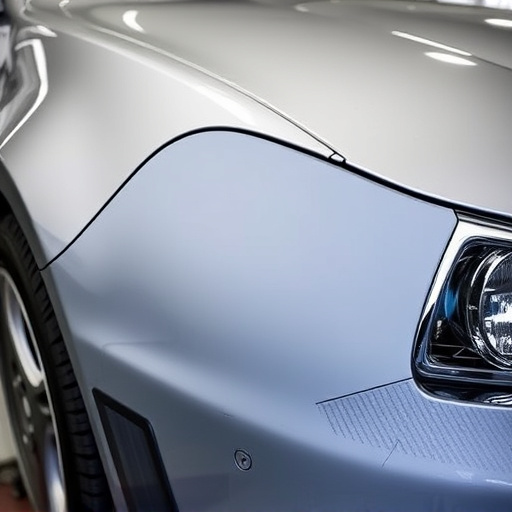
In the auto repair industry, ensuring fairness is paramount, especially when it comes to post-repair estimate validations. Robust validation processes are a cornerstone in maintaining client trust and satisfaction. These processes involve meticulous checks and balances to verify that the estimated costs accurately reflect the work required on a vehicle. By implementing comprehensive validation methods, auto body shops can guarantee that customers receive fair pricing for car paint services or dent repairs without any hidden fees or misrepresentations.
A key aspect of this fairness is the transparency in communication. Auto repair estimating should be a clear and open dialogue between the shop and the client. This involves explaining each service, its corresponding cost, and potential additional expenses upfront. Validating these estimates not only protects customers from unexpected charges but also builds credibility for the auto body shop, fostering long-term relationships based on trust and quality car paint services or dent repairs.
Post-repair estimate validations are essential for maintaining transparency and fairness in the auto repair industry. By understanding the key components of accurate auto repair estimating and implementing robust validation processes, repair shops can ensure they provide customers with fair and competitive quotes. This, in turn, strengthens customer trust and fosters a positive perception of the repair process, ultimately contributing to the overall health of the automotive service sector.
